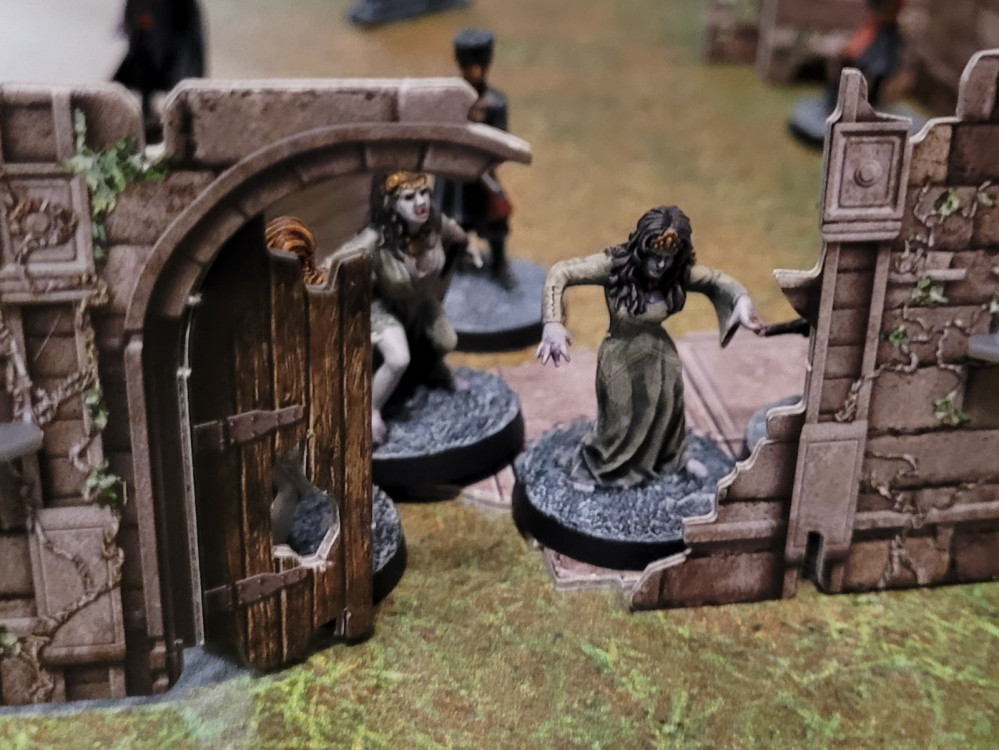
7TV Dracula Campaign Playthrough
Chapter 3: A Hampstead Mystery Revealed
In the novel, the heroes face their first crushing defeat when they fail to prevent Dracula from feeding on the innocent Lucy Westenra and eventually turing her into one of the foul Un-dead. Soon after she is supposedly laid to rest in the Westenra family crypt, there is a rash of disappearing children in a nearby village, and reknowned vampire hunter Van Helsing knows who is responsible. He assembles a team of stalwarts from among Lucy’s many suitors to steal into the graveyard, find the missing children, and put Lucy’s soul to rest.
What this means for the game is that there is quite a bit more going on in this scenario. The model count is smaller, with 4 models for the heroes and 8 for the vampires, but each side has to accomplish a lot more that just getting one of their characters to the other side of the board. The heroes get victory points for rescuing the kidnapped children — some have been pressed into service by the vampiric Lucy, while others are locked in crypts scattered across the board. They also score points for permanently removing Lucy from play, a task that is a little more difficult than merely defeating her in combat. Meanwhile, the villains score their points based on how many children go unrescued, plus a large bonus if Lucy’s fiance Arthur Holmwood ends the game with the “bitten” status.
Using print-and-assemble papercraft terrain proved to be a huge advantage in the setup for this chapter. I needed five crypts, and it was an easy matter to just print out five copies to assemble. Even better, the David Graffam PDFs usually come with a fair number of different options for textures and details, so I was able to make each crypt look a little different from the others.
I do find that, while it’s great for solid buildings, papercraft tends to look a little flimsy when used for walls and interiors, so I decided to step up my terrain game just a little by buying some 3D low stone walls (which should be useful in a lot of different games). Additionally, the 7TV Dracula Kickstarter campaign came with an add-on for some gothic walls and pillars. They look great on the table, but after spending an entire weekend painting stone walls I’ll be happy to get back to pre-colored buildings…
I haven’t spoken too much yet about the Diurnal Deck. For those of you unfamiliar with 7TV, it’s a deck of cards that serves as a timer for the game, and also spices things up by introducing a random effect at the start of each turn that can be to the benefit or detriment of either or both players. My opponent won the initiative automatically since she won the previous chapter — her first Diurnal card was “Race for the Setting Sun,” which forces both of us to only give movement actions to all of our models for the first turn. She decided to use that to her advantage by making a beeline for the first crypt — clearly she’s going to focus on rescuing the children rather than engaging the vampiric forces directly.
Another fun wrinkle in this chapter is that each time a heroic character ends a move action near a gravestone, my opponent has to roll for a possible effect. The first such roll produced the “nails and splinters” effect, which allows me to move my Un-dead model closer to the affected hero.
I decided, perhaps foolishly, to try to score the extra points for biting Arthur Holmwood, so my first moves were pretty agressive, moving my Mesmerized Gravediggers in to engage my opponent’s forces while I sneak Lucy around the first crypt to make a beeline for Arthur. Even under a restriction that disallows use of his firearms (must be quiet in the graveyard, after all), Quincy Morris, the heroic Texan, made short work of my Gravediggers, and before long I’m left with only a handful of semi-vampiric children to support my star. No matter, if Lucy can just score one hit on Arthur Holmwood he’ll have the Bitten status, and she can use her “Diabolical Sweetness” Star Quality (a unique special ability) to Dominate Arthur, which means I’ll take control of him, giving a boost to my depleted forces.
I spent a few turns maneuvering Lucy into position, but when I was poised to make my move, my opponent drew the Diurnal card “Red Eyes, Yellow Moon” which prevents all models from using their Star Qualities. Drat! The events in the Diurnal deck had a much more decisive effect on this game than in either of our previous chapters. The restrictions certain cards placed on our turns guided strategy for both players, forcing us to adapt to a changing game environment, and this was also the first chapter where the game ended entirely due to the Diurnal deck running out, rather than by one player decisively achieving their objective.
The game went downhill for me from there, with a series of bad rolls on my part and smart tactics on my opponent’s part wearing Lucy down. In this scenario, when Lucy would be defeated she instead is relocated to her crypt, which she can no longer leave. The heroes can destroy here for good by entering the crypt and destroying her coffin, but seeing that time was short, my opponent elected to focus on rescuing the childrem instead, which landed her a Marvelous victory. She’ll get a head start on her tasks in chapter four, which looks to be an interesting one…





























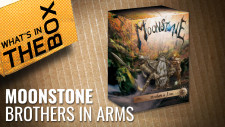




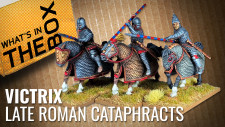

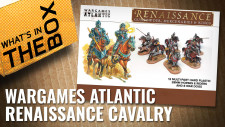




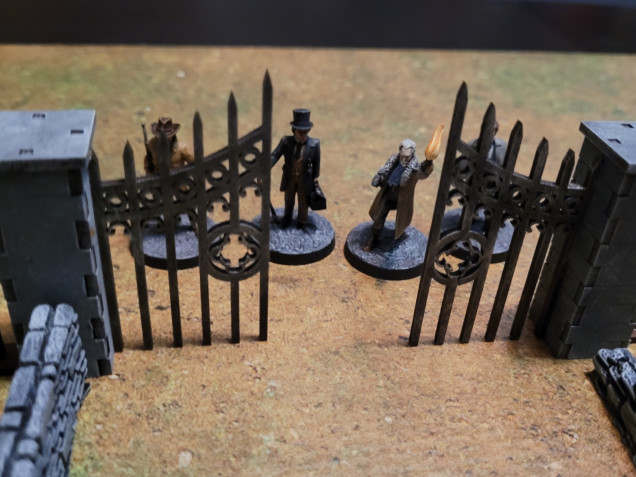


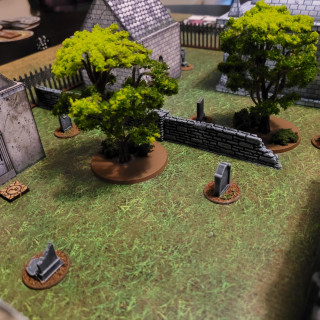
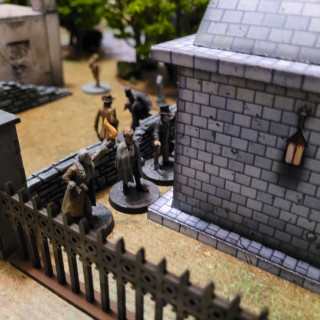
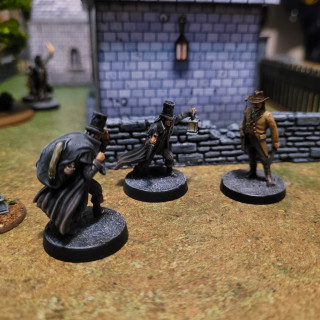
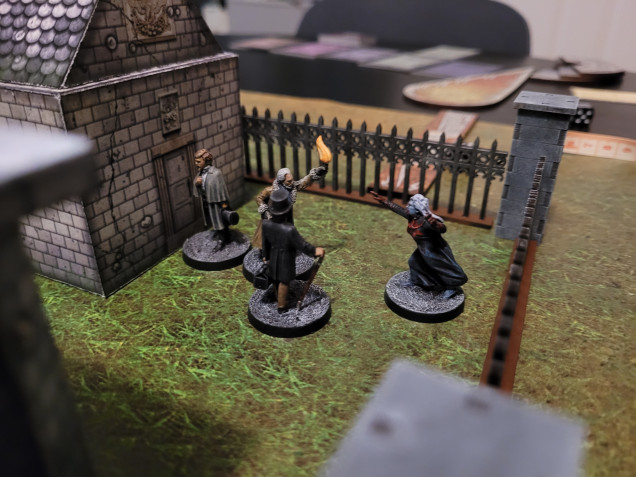
















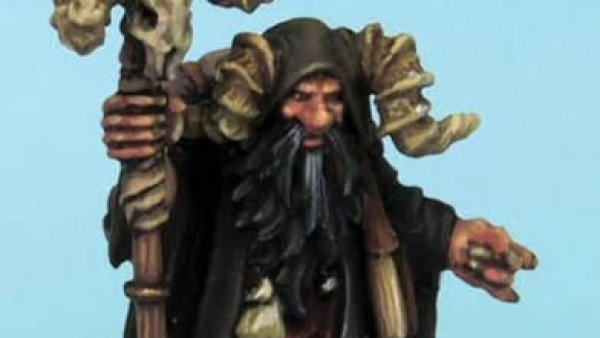
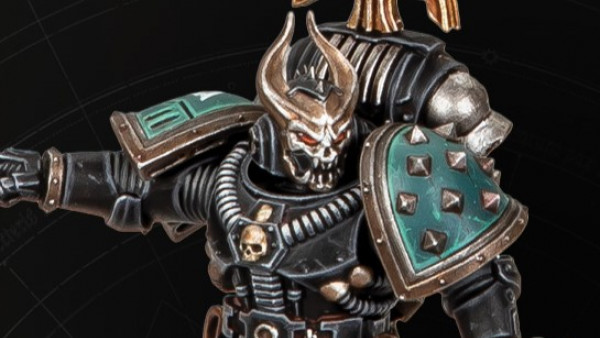
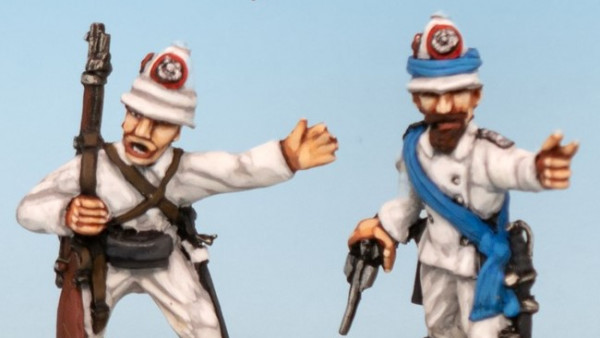
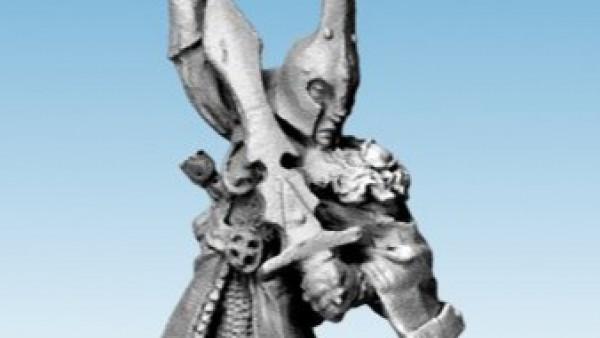
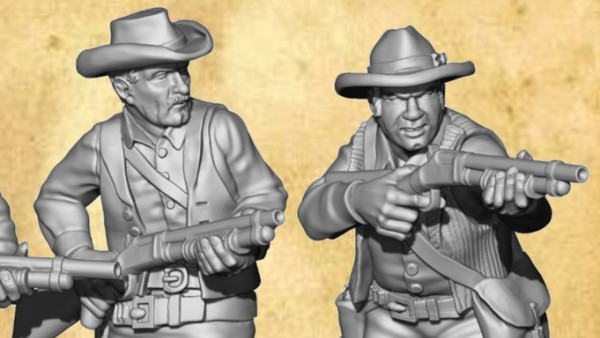

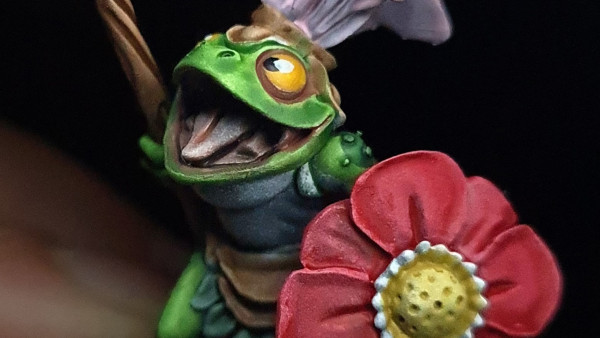
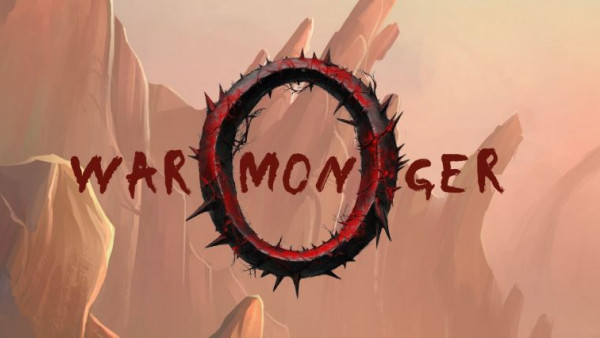
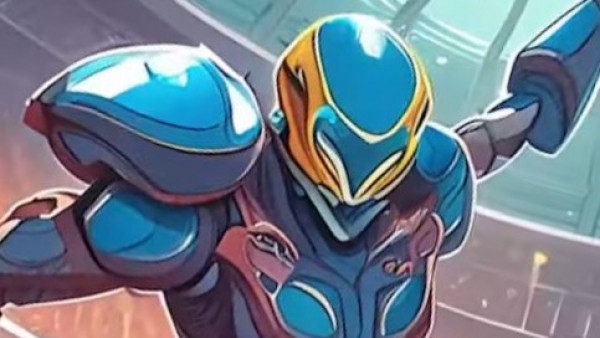

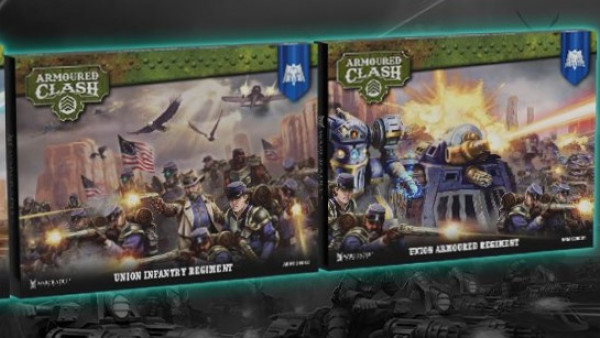
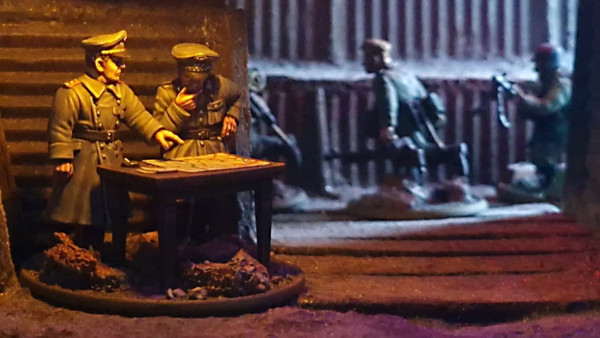
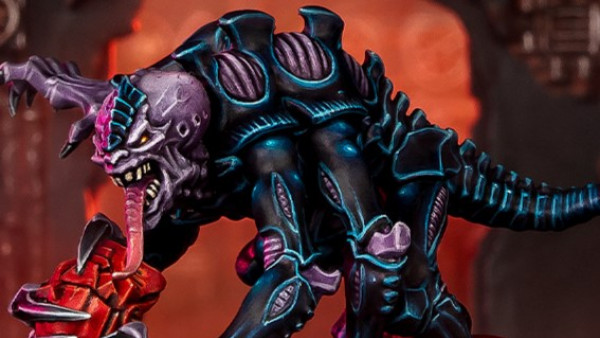

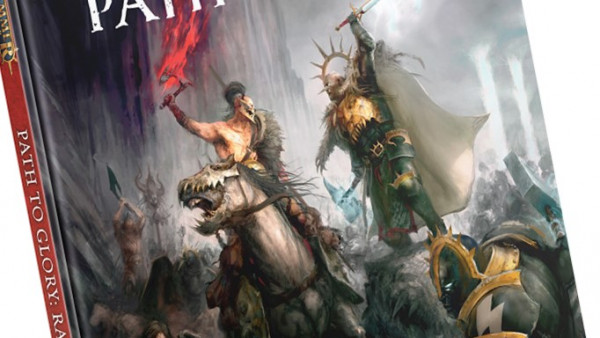


Leave a Reply